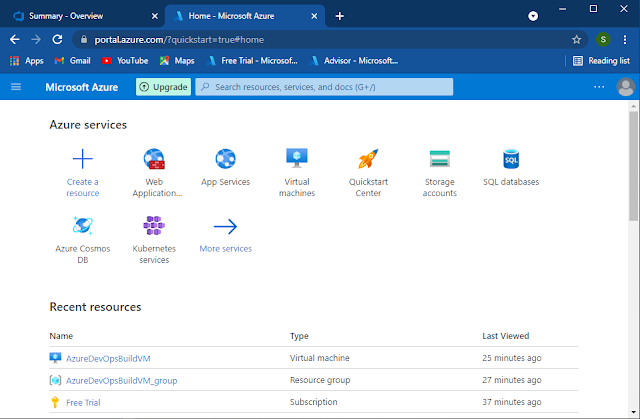Gabriel Graph and Stepping Stone Graph
In the new implemetation of GeoDataAnalysis [1] project, implementations of Gabriel graph [2] and Stepping Stone Graph [3] are available. Also tool bar has been updated with two combo boxes, one for selecting the graph type to be plotted and one for selecting the configuration parameter value for Stepping Stone Graph. Still there are two buttons to plot two point sets, boundary of lake Michigan and an experiment point set. Following is the new user interface.
Gabriel graph of lake Michigan
Stepping Stone Graph of lake Michigan
configuration parameter, d = 2
configuration parameter, d = 4
configuration parameter, d = INFINITY
One thing to note about the Stepping Stone Graph when configuration parameter (d) reaches infinity is, it becomes the relative neighbourhood graph [4]. Creating Stepping Stone Graph using the d-spectrum provides an efficient method to calculate the relative nighbourhood graph of a given point set.
References
[1] https://github.com/sameerak/GeoDataAnalysis
[2] https://en.wikipedia.org/wiki/Gabriel_graph
[3] https://dl.acm.org/citation.cfm?id=3274913
[4] https://en.wikipedia.org/wiki/Relative_neighborhood_graph
Gabriel graph of lake Michigan
Stepping Stone Graph of lake Michigan
configuration parameter, d = 2
configuration parameter, d = 4
configuration parameter, d = INFINITY
One thing to note about the Stepping Stone Graph when configuration parameter (d) reaches infinity is, it becomes the relative neighbourhood graph [4]. Creating Stepping Stone Graph using the d-spectrum provides an efficient method to calculate the relative nighbourhood graph of a given point set.
References
[1] https://github.com/sameerak/GeoDataAnalysis
[2] https://en.wikipedia.org/wiki/Gabriel_graph
[3] https://dl.acm.org/citation.cfm?id=3274913
[4] https://en.wikipedia.org/wiki/Relative_neighborhood_graph








Comments
Post a Comment